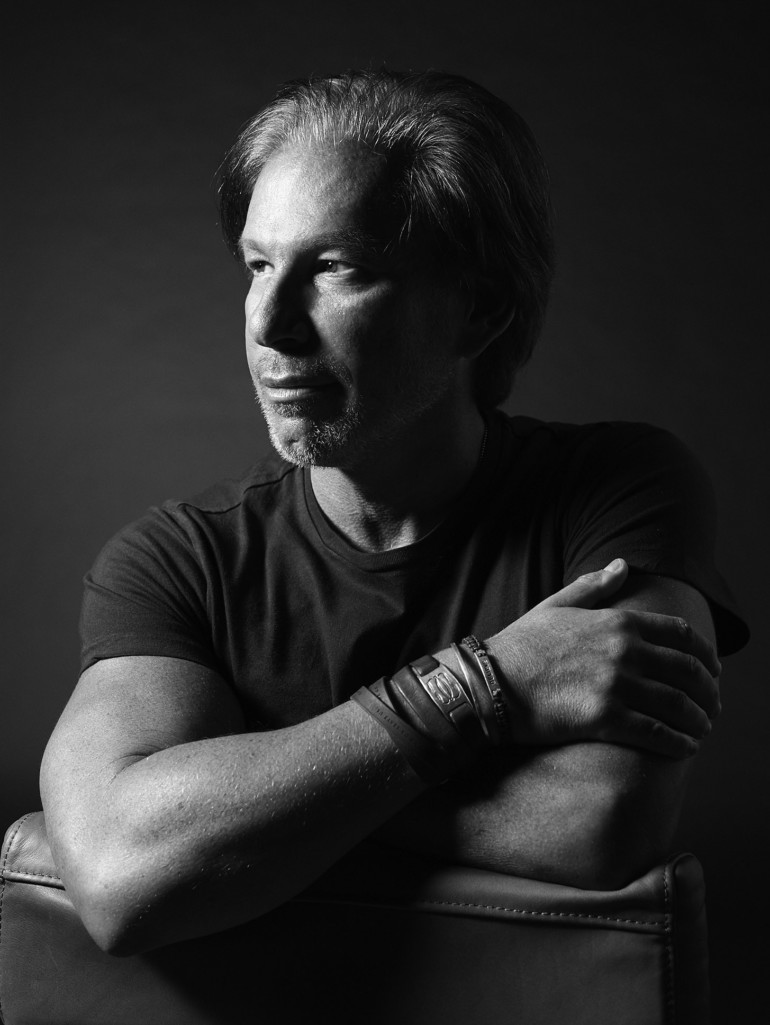
Like many careers, Gary Friedman’s started in retail. His began with a stint stocking shelves at a Gap store in Santa Rosa. “I got promoted and eventually became store manager, coming up through the ranks,” the Chairman and CEO of RH explains.
Friedman’s early years gave no indication of future riches. The deteriorating mental health of his mother meant a life of asking for little. “I grew up very poor,” he recalls. “My mom had a mental illness all her life. We lived on food stamps and were evicted many times.” Eventually he graduated from Sonoma Valley High and enrolled at Santa Rosa Junior College, but it didn’t take. “I had a college professor that told me I was wasting the taxpayer’s money,” Friedman chuckles. Claims of a D average reinforce the professor’s notion, but the management at Gap noticed a different set of skills in the young college drop-out, promoting him to store manager in San Mateo and, subsequently, regional manager in Los Angeles, sending his career arc on an upward trajectory.
Restoration Hardware’s Origins
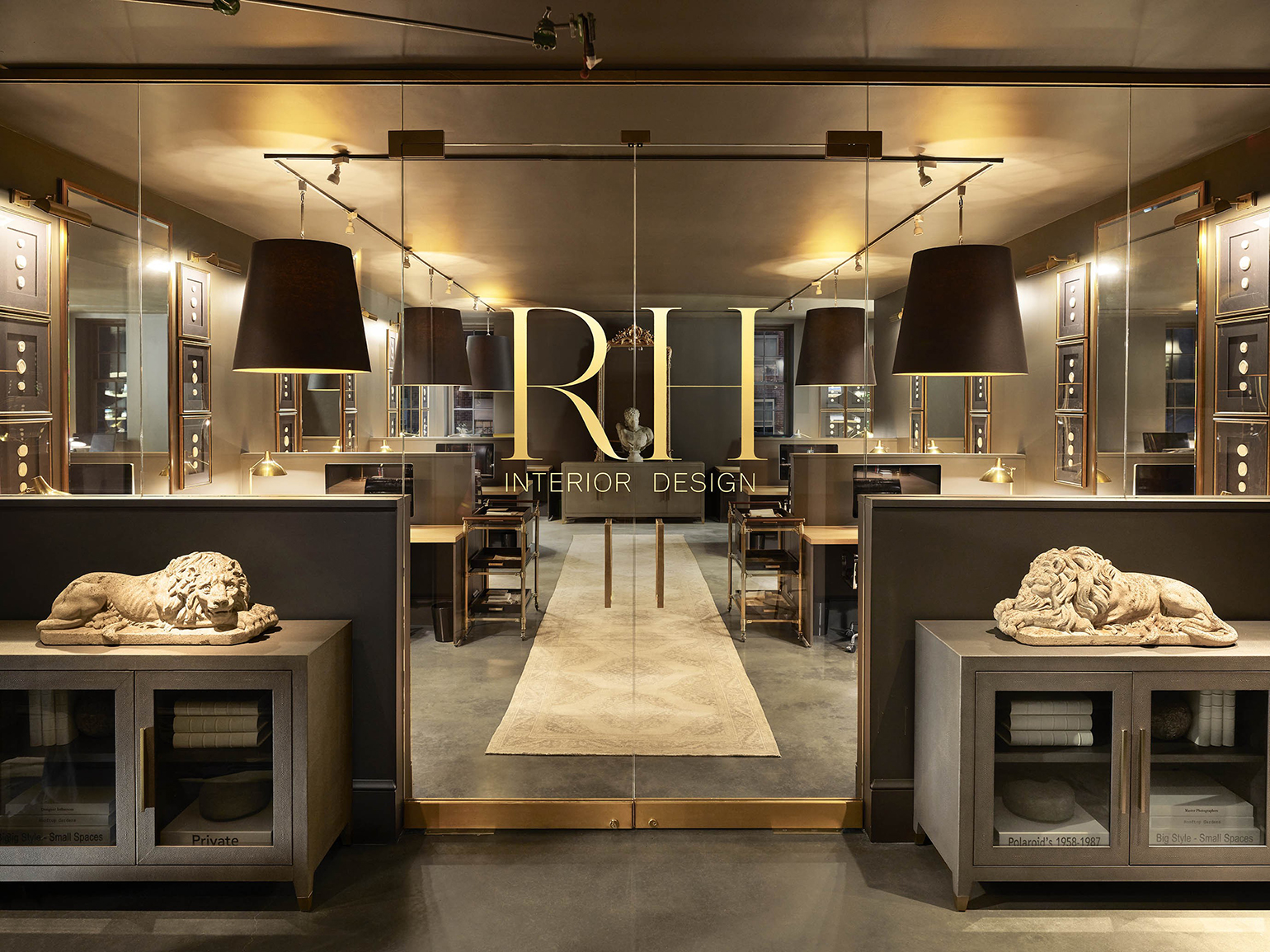
Founded in 1979 in Eureka, California by Stephen Gordon, who sought in vain for affordable fixtures during the restoration of a Victorian, Restoration Hardware spent the first 19 years of existence developing a following of customers passionate about design, both vintage and modern, and well, Victorian. Fittings and fixtures, from door knobs and faucets to towel racks and curtain rods, defined the brand as much as its name. The chain transitioned in the 1990s from fixtures to furniture as it grew to 100 stores. Friedman, who spent the late 1980s and 1990s at Williams-Sonoma, a brand launched in his hometown of Sonoma, stepped into the CEO role at Restoration Hardware in the months before the terrorist attacks of September 11, 2001.
The Intraoffice Scandal and the FBI
Nearing his 20 year anniversary with the business known since 2012 as RH, the famously press-shy Friedman has endured his shares of ups and downs with the company. Most notoriously, an affair with a company subordinate during the lead-up to the company’s initial public offering in 2012 resulted in death threats from his now wife’s ex-boyfriend. “The FBI got involved, I had 24-hour security for some time,” Friedman says. “He was calling Goldman Sachs and the Wall Street Journal — it was a very unusual and scary time,” Friedman says, an honorary work-around which enabled Friedman to remain active with the business in an advisory role. “I thought the best idea was to become the Chairman Emeritus, to lead most of the process of the IPO and remain a key voice selling the company.” Friedman never took a day off, resuming a role as co-CEO with Carlos Alberini, who joined RH in 2010.
RH’s Lifestyle Philosophy
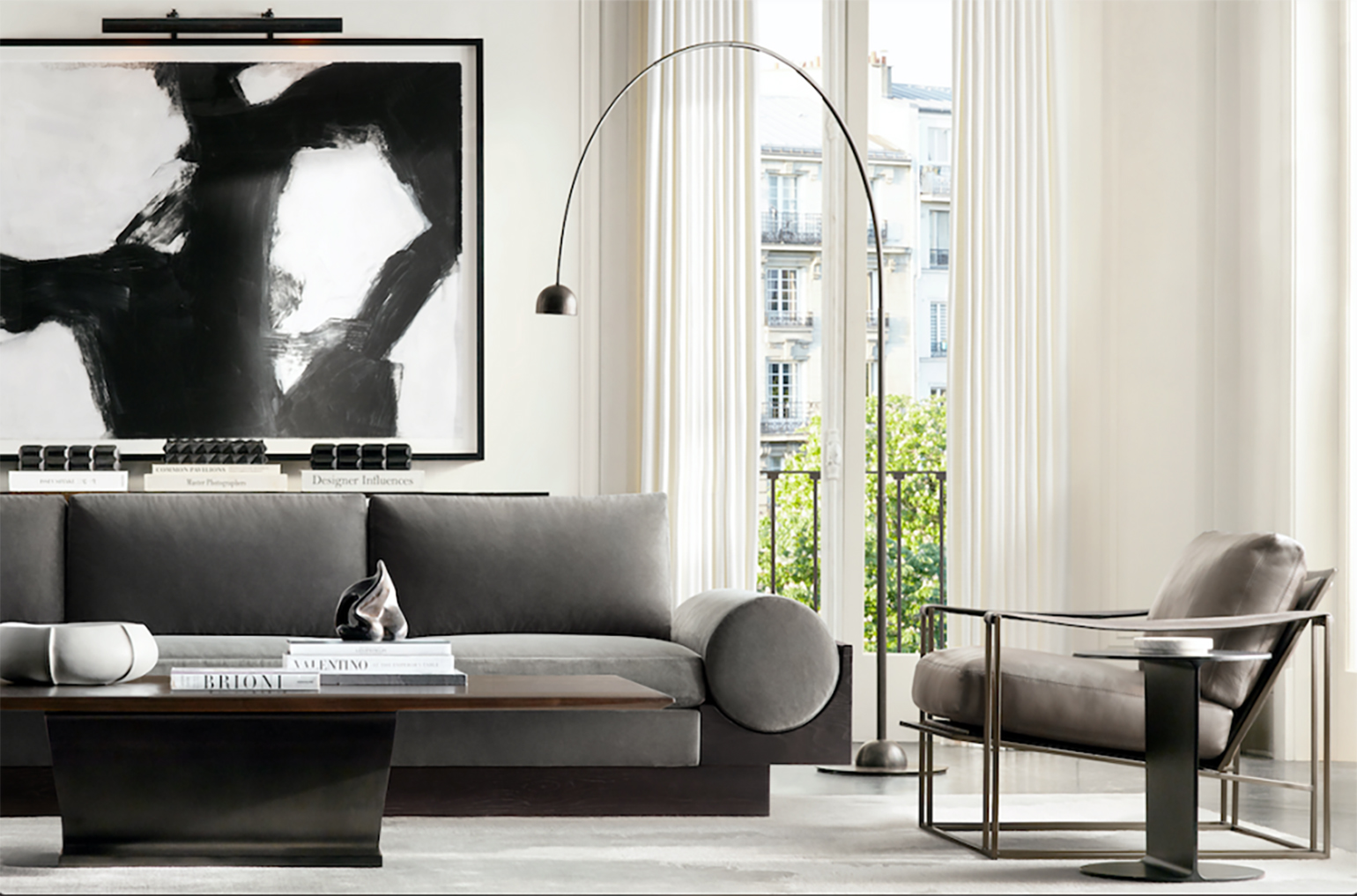
Lifestyle curation never stopped being a priority for RH. The neutral tones of Northern California’s landscape, especially in Marin County, already steeped into the brand’s look and feel, came to define the company’s aesthetic under Friedman. “Where I live — the climate, the beauty, the indoor-outdoor, casual elegance of Marin — has a lot to do with how I see the world,” he says. This sensibility informs both Friedman’s and RH’s lens on the world. His approach to lifestyle is a little different. “People say we built a lifestyle brand and I never really know what that means. We buy things we love and present things we love and do things we love. It’s very personal,” Friedman says.
RH Expands — and Expands Again — the Notion of Home Store
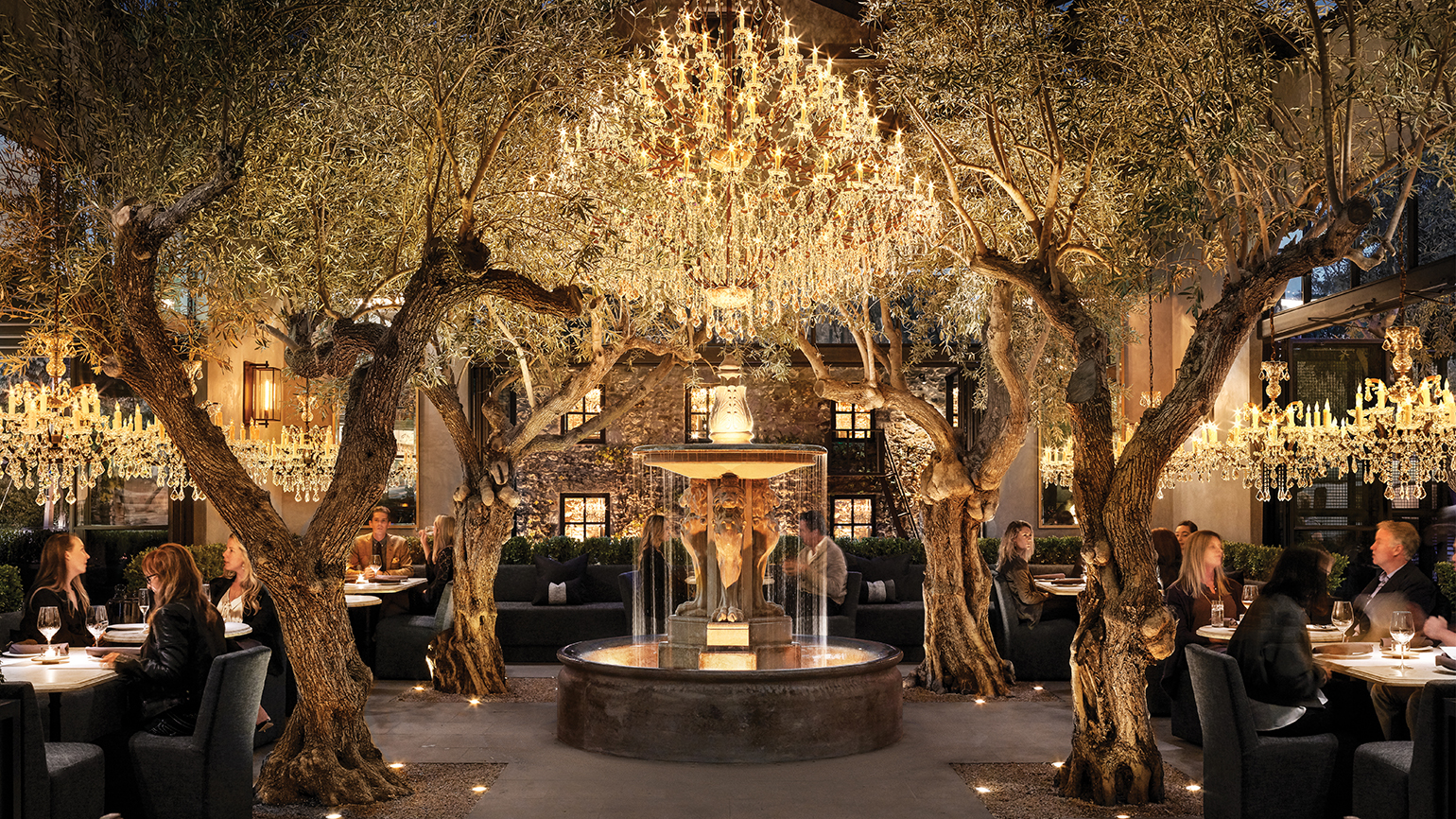
On Friedman’s watch, RH has moved deeper into retail’s many tiers, branching out from furniture and fittings into 12 categories which now include textiles, lighting and outdoor as well as art, partnering with artists like Los Angeles’s Portia de Rossi and Mexico’s Adriana Jimenez Blanchet. Collections have expanded from RH Interiors (the classic) to include RH Modern, Baby & Child, Teen, Ski House and Beach House. Galleries, such as the recently opened RH in Corte Madera, reflect Friedman’s recognition of two important facts: that furniture shopping is not an everyday experience and that putting together a home is a long and immersive experience.
Embedded restaurants are not a new concept — Neiman Marcus and other department stores developed restaurants within their stores to keep customers onsite all day some 50 years ago. However, at RH, the restaurant is not a distinct eating experience; it’s one that blends the borders of the brand, immersing guests in the reflective glow of not only RH’s ambient and focused lighting options but its textiles and room design. There is an RH burger, an RH mimosa and a broader menu with dishes that could be served at your next dinner party. “It’s been incredibly successful,” Friedman says. “That is why we are doing it everywhere.” It is a strategy designed to attract foot traffic. “Customers know what one to three stores they are going to go to before they park their car. We need to be one of those destinations.”
Even though they represented 52% of the business when he came onboard as CEO, Friedman got rid of what are called ‘discovery items.’ They had nothing to do with furniture or lighting or design,” he says. “We got rid of the junk and created a beautiful restaurant and seamlessly integrated that into the store. The whole hospitality experience is part of coming here.”
The Corte Madera RH Flagship Store
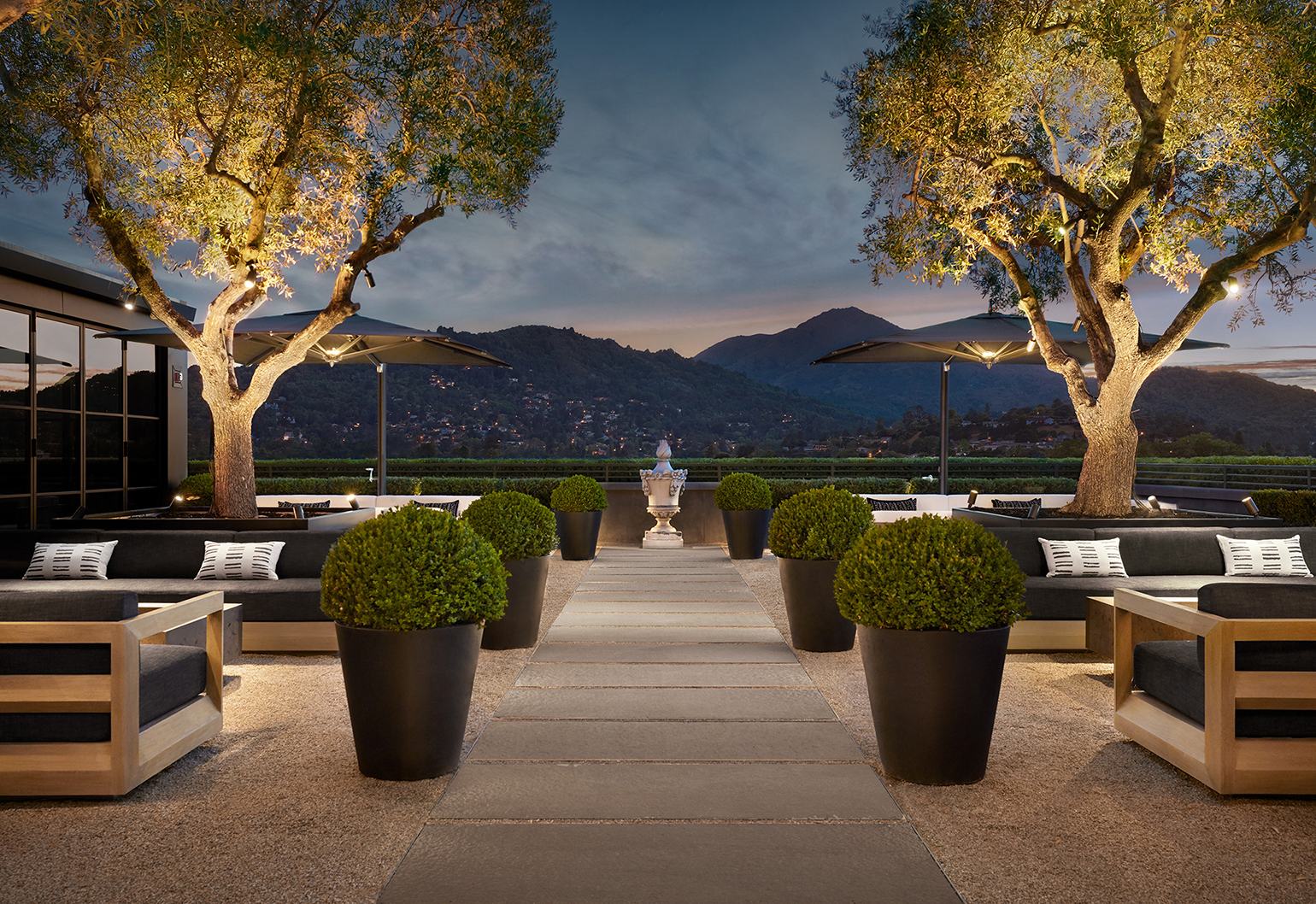
Marin is RH’s tenth gallery and restaurant concept, opening after success in Yountville, Chicago and New York, among other locations. Opening in Corte Madera was an important step for this Marin-based business, according to Friedman. “Everything comes together here. Our Center of Innovation and Product Leadership is in Marin. The best expression of our brand here in Marin is critical for us,” Friedman says. He and his team worked closely with the town of Corte Madera to build a bespoke location, visually distinct from Corte Madera Town Center, for the gallery. “Customers,” he said, “already viewed the Marin store as our flagship. We looked for quite a while for a unique space in Marin. When you step out and look at what we built in Corte Madera it is unlike anything ever built in retail.”
Covid Times Are Temporary
The arrival of COVID-19 has not placed a particular damper on Friedman’s strategic plans for RH. “I don’t think you craft a strategy for temporal things,” he told me. Though Friedman expects an acceleration of online shopping, from their current 13 or 15% of sales to 20 or 25% of sales, he expects customers to return to the stores once they are allowed to reopen. “Temporarily, people are spending more time at home, are investing more in their home, and home businesses will get a lift,” he says. Have you been sitting in your dining room chairs more than you used to? Or noticed an empty spot on the wall that you never paid attention to before? You are not alone. “People are looking at their homes like they are new again. We happen to be the beneficiary of this time but we haven’t really changed anything except temporarily reorganizing and reacting to Covid,” Friedman says.
The Notorious C.A.T.A.L.O.G.
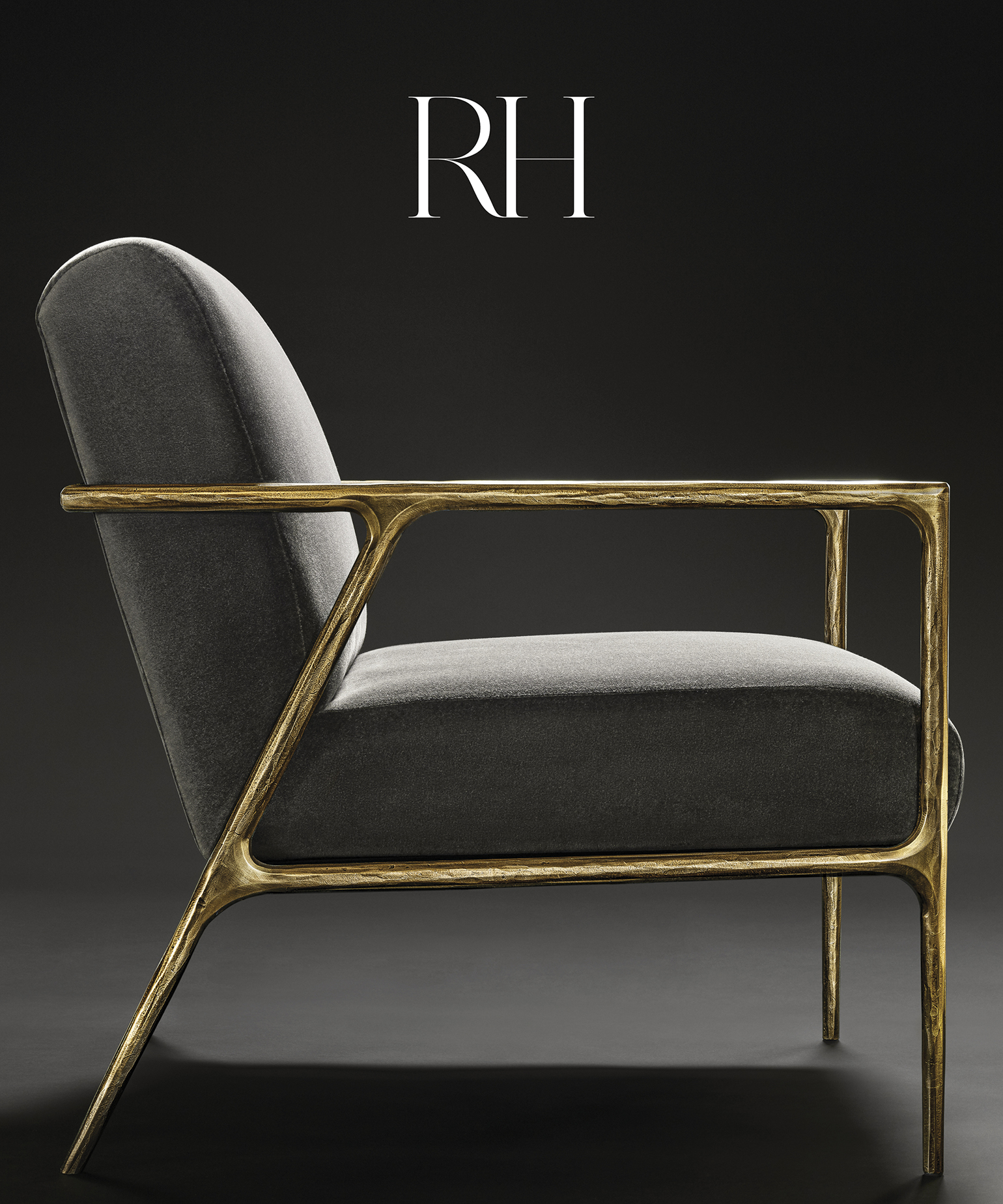
Friedman also noted this time as quieter, an opportunity to think more deeply about the business. Does the deep think mean homeowners should expect to continue receiving RH’s massive catalog again this fall? Or will the thunk of the 750 page behemoth landing on your doorstep fade from memory as digital continues its march ever deeper into our lives?
“You’ve got to think about the dimensions of every experience. The web is the most democratic channel — even the smallest store can look enormous because the screen size is the same,” explains Friedman. “With print, you have to flow through it. Websites are not designed from a physical perspective but with a mind for technology. What I love for print is there is dimension. What you see first, second, and third creates continuity and makes visual excitement easier and more natural for humans. Some day in the future, it may not be. Maybe online will be more three dimensional. People ask why I am building out stores when everyone is closing stores and I say 85% of business is done in stores. Because stores are still the vast majority of where consumers want to shop. Not for paper towels or other basics, but everything else. And no one wants to stay at home all day. Shopping is a discovery. Humans can be stimulated visually and interact with people and things at stores. You don’t walk by a website. It is a buying platform more than a shopping platform. Walking through a gallery or paging through a curated physical book or magazine (our source book), you get to experience beautiful things. We can differentiate ourselves through print and experiences.”
The Future
Friedman is not done evolving RH. Plans are in the works to bring solar powered energy to stores. And an effort is underway with Tesla to power company headquarters and move designers to meetings using renewable energy. “We want to leapfrog into the future and inspire others to make the same kind of move,” Friedman says.
The brand’s upcoming introduction into Europe will be a 400-year-old Oxfordshire estate situated on 73 acres, serving as yet another reminder of their ability to look for luxury in the past and anticipate what it will look like in the days and years ahead. “Would you ever think people from Marin built this?” Friedman asks. “It is something for the community to be proud of. And we are just warming up.”
For more on Better:
- Hipcamp’s Founder, Alyssa Ravasio, On Developing and Sustaining Business During Covid-19
- New National Geographic Show Narrated by Josh Gad Goes Behind the Scenes at Disney’s Animal Kingdom and EPCOT
- Not Your Basic Guide to All Things Pumpkin
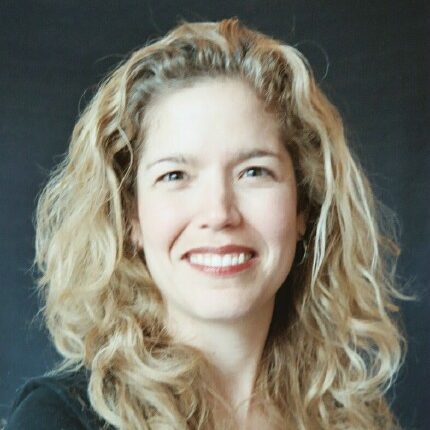 Christina Mueller is a long-time Bay Area food writer. She hails from the East Coast and has spent way too much time in South America and Europe. She discovered her talent as a wordsmith in college and her love of all things epicurean in grad school. She has written for Condé Nast Contract Publishing, Sunset, and the Marin Independent Journal, among others. She volunteers with California State Parks and at her child’s school, and supports the Marin Audubon Society, PEN America, and Planned Parenthood. When she is not drinking wine by a fire, she is known to spend time with her extended family.
Christina Mueller is a long-time Bay Area food writer. She hails from the East Coast and has spent way too much time in South America and Europe. She discovered her talent as a wordsmith in college and her love of all things epicurean in grad school. She has written for Condé Nast Contract Publishing, Sunset, and the Marin Independent Journal, among others. She volunteers with California State Parks and at her child’s school, and supports the Marin Audubon Society, PEN America, and Planned Parenthood. When she is not drinking wine by a fire, she is known to spend time with her extended family.
